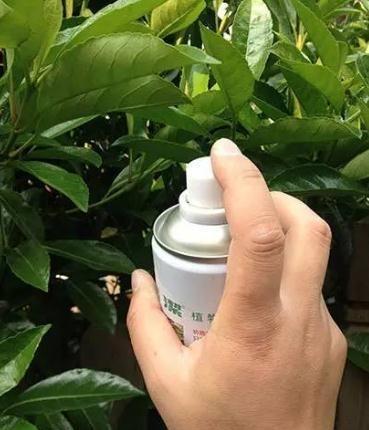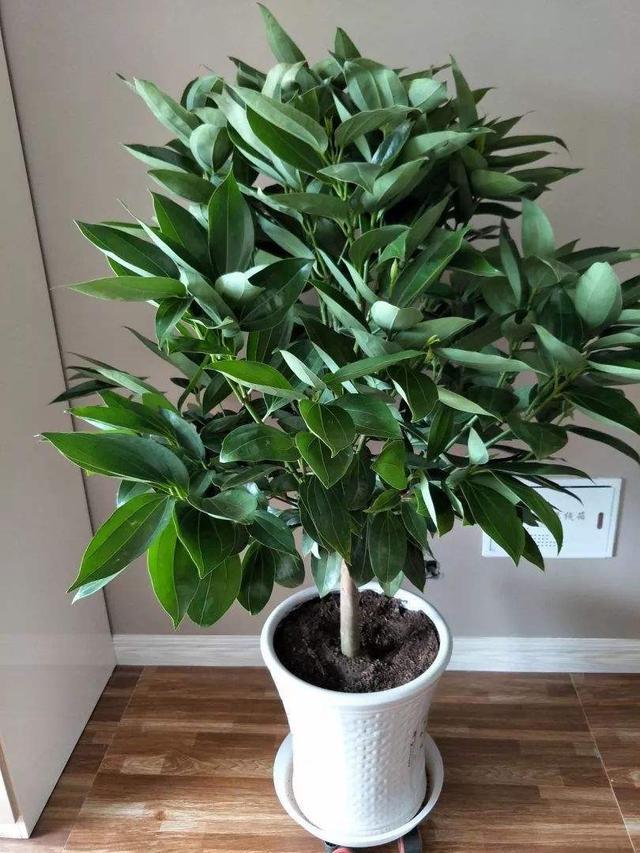Your jasmine doesn't blossom year after year, it's probably because it's not ready at 6: 00.

Jasmine is a subtropical flowering shrub plant, likes the warm and humid environment all the year round, it likes to grow in the environment with more light, its flowers are pure white, and can blossom brilliantly in late spring and early summer. If you want to make jasmine grow better, you also need to pay attention to the following conservation skills.
1. Flowerpot and soil selection
In order to cultivate jasmine, we must choose slightly acidic humus soil which is loose, fertile and well drained. The soil should be rich in organic matter, peat soil, compost soil and perlite can be mixed, and some river sand should be added appropriately to avoid choosing some soil with heavy stickiness. The pH of the soil for jasmine conservation is about 6.0 to 6.5, so it is necessary to avoid alkaline soil.
2. Sunshine demand
The environment for cultivating jasmine requires more than 6 hours of direct light every day to avoid being raised in a dark environment. If the summer temperature is too high, the sun is relatively strong. Potted jasmine needs to be properly shaded in the afternoon and noon. Many people's jasmine can not blossom every year, probably due to lack of sunshine.
3. The environment for conservation
The environment for the maintenance of jasmine must be ventilated and transparent, avoid being kept in an airtight space, and pay attention to keeping the environment clean, and the surrounding water should be poured out in time.
You can put jasmine flowers on the windowsill or balcony facing east or south, and pay attention to maintaining a certain amount of air humidity during maintenance. Dry air is easy to cause red spiders and other fungal diseases.
4. Matters needing attention in water supply
Jasmine flowers need to be watered regularly during the growing season and keep the soil moist before budding, but keep them in a sunny and ventilated environment to avoid stagnant water in the soil and be careful not to pour water directly on the leaves or buds.
Jasmine can not be watered frequently when it is in bloom, nor can it be watered frequently when the weather gets cold in autumn. It can be taught once after the soil is completely dry.
Water jasmine flowers to avoid using tap water directly, because tap water contains chlorine, long-term watering is easy to make the soil alkaline, it is best to use a container for 3 days.
5. The function of pruning
If your jasmine meets the above conservation conditions, the jasmine can maintain good growth, and you need to know before conserving jasmine that most of its flowers are nurtured on new branches and need to be pruned every two years to promote continuous branching and give birth to more flowers that can be pruned in autumn and winter.
6. Pay attention to temperature and fertilization
Jasmine is a subtropical plant, the lowest maintenance temperature should be kept above 5 degrees, and after getting cold at the end of autumn, the jasmine should be moved indoors for maintenance and pay attention to maintaining high air humidity.
In order to promote jasmine blossom every year, potassium dihydrogen phosphate and ferrous sulfate solution can be supplemented regularly in spring and summer, which can be used alternately, usually once every two weeks in spring and summer, and do not apply fertilizer during flowering.
- Prev

If you hit the "bright" flowers, no matter how cheap they are, you can't buy them and take them home. Don't ignore the yellow leaves.
Now more and more people grow flowers, whether flowering plants or foliage plants, every time they come to the flower market, they always want to bring one or two pots home. After all, flower potted plants have now become a part of life, can be self-cultivation, but also.
- Next

Bedroom flowers, these three kinds of planting should not be the best to compete with people for oxygen, do not ignore
Raising potted flowers at home can not only play a role in greening the environment, but also absorb harmful gases indoors. It can be said that it is worth raising. However, there are many kinds of potted flowers, and the growth habits of each kind are different. So...
Related
- Wuhan Hospital Iron Tree Blooming Result Was Instantly Frightened by the Gardener Master
- Which variety of camellia is the most fragrant and best? Which one do you like best?
- What is the small blue coat, the breeding methods and matters needing attention of the succulent plant
- Dormancy time and maintenance management of succulent plants during dormancy
- Minas succulent how to raise, Minas succulent plant pictures
- What are the varieties of winter succulent plants
- How to raise succulent plants in twelve rolls? let's take a look at some experience of breeding twelve rolls.
- Attention should be paid to water control for succulent plants during dormant period (winter and summer)
- Watering experience of twelve rolls of succulent plants
- Techniques for fertilizing succulent plants. An article will let you know how to fertilize succulent plants.

